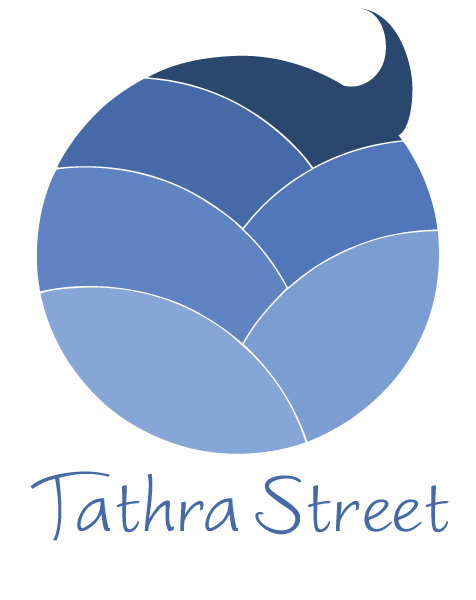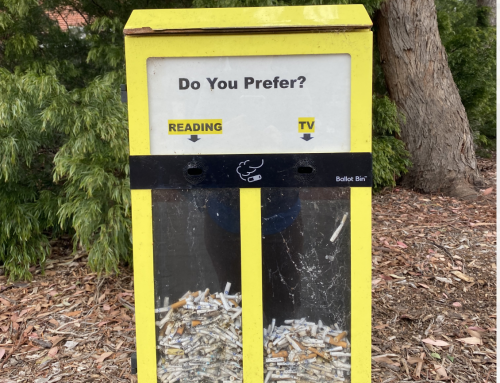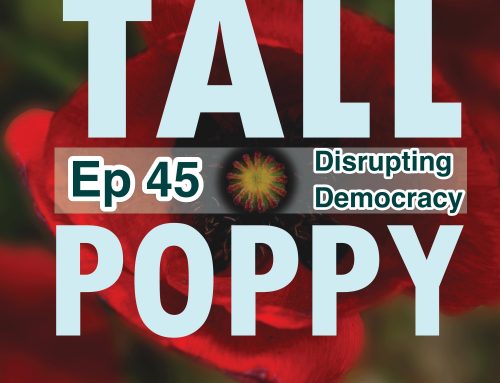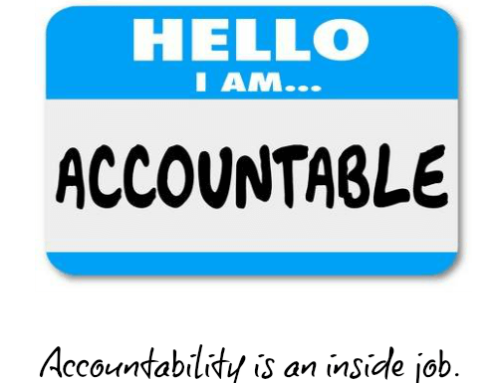I don’t, by any stretch, have a perfect system. What I do have is a bunch of tools that make a huge difference and save me time and stress. This is what helps me work smarter, not harder. When it feels like life is so full and there’s scarcely time to do all there is to do, I’m grateful to the technology that puts my chaos into some semblance of order.
With the Work Smarter Summit coming up, it felt fitting to share some of my systems and tools that I use to keep me sane, to help put all the stuff in my brain into something that makes sense, where I can refer back to and not have to take up space in my brain. I hope it’s useful.
1) Evernote is my external brain.
I’ve been using it since 2009 and I have 3185 notes. It holds everything from business ideas, to client notes, my bucket list, self-care lists, grocery lists, recipes and course notes. I use it to clip articles I want to read, and store ones I have read related to specific topics. I use it to make notes for my podcast interviews and when I process the audio to write up the intro, outro and show notes.
Evernote is my go-to app for anything I want to remember. It’s how I’m as close to paperless as I’m going to get. I love the tagging feature and its ability to recognise text even in images of handwritten notes. I could go on and on about its features and how I use it, but I’ll save that for another time. (In May 2017 I will have a podcast interview with an Evernote expert, watch this space!)
2) Google Docs is the best platform for content collaboration.
Great for creating documents that will be used by others or co-created with others. I have used it for over a decade and though I use it less these days it’s still my top choice to collaborating. I use it for meeting minutes on projects, client notes from sessions for their review, reference and use in whatever way works for them. I’ve used it to co-create presentations and review manuals for trainings. It’s come a long way in the last 10 years and has gotten to a point where I don’t have an office program, I use this (or Evernote) for creating documents, spreadsheets and now I can store pdfs and images on it too.
3) Trello for Project Management and Workflows
Day-to-day tasks sit in a group of Trello Boards with cards that I use Kanban style. I list the tasks there are to do, what I’m currently doing, and what’s done. It helps me track my progress and see what is yet to be done. The biggest project I’m using it for at the moment is my Podcast. I can track podcast interviews, their processing status and where I’m at with potential guests. I have lists for who I want to ask, and pending interviews with links to research the guest. I have cards to track progress of what’s been recorded, when it’s to be processed, what’s complete and published.
When I re-did my website last year, I used it for tracking and communicating with my web manager. I was responsible for developing content, and together we tracked progress on pages, had cards for resources like colour codes and fonts from branding guidelines and he would post links to training videos for me to watch so I could learn about some of the features and plug-ins so I could manage it myself in the long run.
4) Last Pass Password Manager because there are too many to remember!
This is one of the most valuable programs I use. We all know it’s not good to use the same password or a slight variation, and now I don’t have to. I just remember one, the master password and it takes care of the rest.
Features I like: Form Fills, password generator, “make pronounceable” option, being able to share access selectively and temporarily with new collaborators without giving them my password.
I pay a small fee each year, but there is a free version. For me, it’s absolutely worthwhile to pay for this service. I get far more value than I pay for in terms of peace of mind, especially when I see those who don’t use a password manager, stressing and getting frustrated about passwords.
If you get nothing else from reading this, get a password manager, it takes a bit to get used to using it but it’s more than worth it!
I wish more people used password managers, instead of doing things like making multiple social media profiles because they can’t remember their password. I sometimes wonder of I get a duplicate request, have they been hacked or forgotten their password.
5) Follow-Up Then Email reminder service.
When you want an email to come back to you at a more suitable time, or to be reminded of a date, renewal notice, or delegate a task, follow up on a non-response. I love this simple service. I used to have lots of unread emails or starred emails that I just didn’t get back to. When I use Follow-Up Then, I can send an email back to myself at a time that I know I’ll have more space to read it. When I purchase something that has an annual fee, I send the email back to myself a week before the auto-renewal to remind myself that the money will be coming out of my account.
This is another one that is very functional on the free version. And I use the paid version because it’s a small cost that is worthwhile considering how much it helps me manage my life, work and business.
6) IFTTT The ultimate tech collaborator.
Funny name until you realise it stands for “If this, then that”. It is a way to automate things and connect the services you use. It’s the ultimate collaborator, it gets your technology to work together.
I get a notification to put on sunscreen when the UV rises above 7. I get a notification when it’s going to rain, to help me make choices about laundry and cycling. If I get an email that says “Receipt” in the subject line, it gets added to a spreadsheet (Google Sheets) with the attachment for accounting purposes. It’s the kind of thing you can set up and if you like it, keep it, and if you don’t, get rid of the ‘recipe’ or applet.
7) Dropbox for cloud storage.
I use it to store most of my active files and to archive using Selective Synch so I don’t use the limited storage on my computer with files I don’t use regularly. It’s been great for file sharing when I work with practitioners on my personal development, notes on sessions, recordings for reference. I use it for Tall Poppy Audio Files when they are ready for my sound tech, go in a specific shared folder.
I use a couple of other cloud-based file storage platforms for different things, but Dropbox is my main cloud storage.
8) Pandora for music.
I was a huge Napster addict back in the day, I got a ton of music that has been the staple for my music for years. I wanted to listen to something other than my collection without risking buying stuff I didn’t like as much. Pandora has broadened my musical scope by playing similar stuff to my faves alongside my old standbys. But it’s not predictable, not the same thing over again, unless you get too niche in your musical taste. I have stations with ambient, chill, yoga for focused activity and more upbeat dance to inspire a more energetic space.
You might be wondering how I use this to manage stuff, it’s primarily about creating atmosphere, either for me while I work or for events, workshops etc. It can make a huge difference to how people feel, how they engage and to help them feel comfortable.
UPDATE: Pandora is no longer available in Australia, VERY disappointing.
9) Breathe – Apple Watch app. This a super simple stress management tool. It’s a very basic app to get you to take a minute to breathe deeply. Great to bring some mental clarity for times that meditation isn’t appropriate. It’s got a beautiful visual guide for the inhale and exhale, plus haptics to help guide you by feel. I absolutely love it, and tho I don’t use it every day, I like the reminder to pause for a breath. This one is part of the watchOS 3. Here’s an article about it.
10) Equanimity – Meditation timer and tracking app.
I have been using this one for about 3 years, and it helps track frequency, duration and total meditation hours. I’ve really ebbed and flowed with my meditation practice, but after reading the e-book for the Work Smarter Summit, I’ve become much more diligent and can see a real spike in this month’s meditation stats. Plus it’s has a journal to track your experience and insights from the meditation.
I have tried a whole range of meditation apps and this is the one I’ve stuck with, I like the chime sounds, and how much you can tailor the time, interval bells (if you want something to bring your focus back as your mind wanders) and the simplicity of the timer, no numerical countdown, it’s a simple visual showing how much of the circle has elapsed and is remaining with a pie chart image.
UPDATE: This app is no longer supported and I haven’t found anything I like better.
How about you? What do you use? What helps you work smarter?














[…] when we use technology to help us achieve our goals, it serves us. That’s what it’s for. (See 10 Tools I use) Yet many people don’t use most of the smart features in our smartphones. Even our email […]